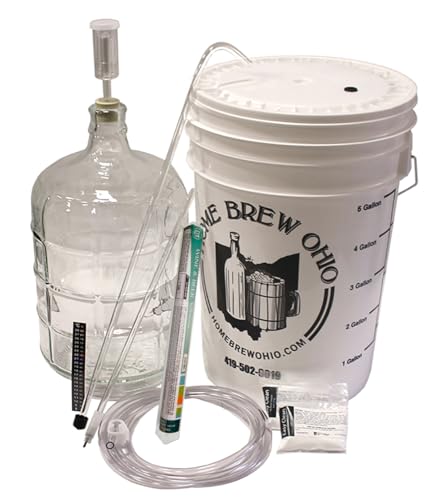Thanks everyone that puts my mind at ease.
I got all three of the varieties from a local vineyard in Southern Indiana. The only cost was a bottle of each when they're done! My mother got some of each to make jam. She said the Chambourcin made the best jam she has ever had.
My mother got some of each to make jam. She said the Chambourcin made the best jam she has ever had.
I got all three of the varieties from a local vineyard in Southern Indiana. The only cost was a bottle of each when they're done!
 My mother got some of each to make jam. She said the Chambourcin made the best jam she has ever had.
My mother got some of each to make jam. She said the Chambourcin made the best jam she has ever had.





















































